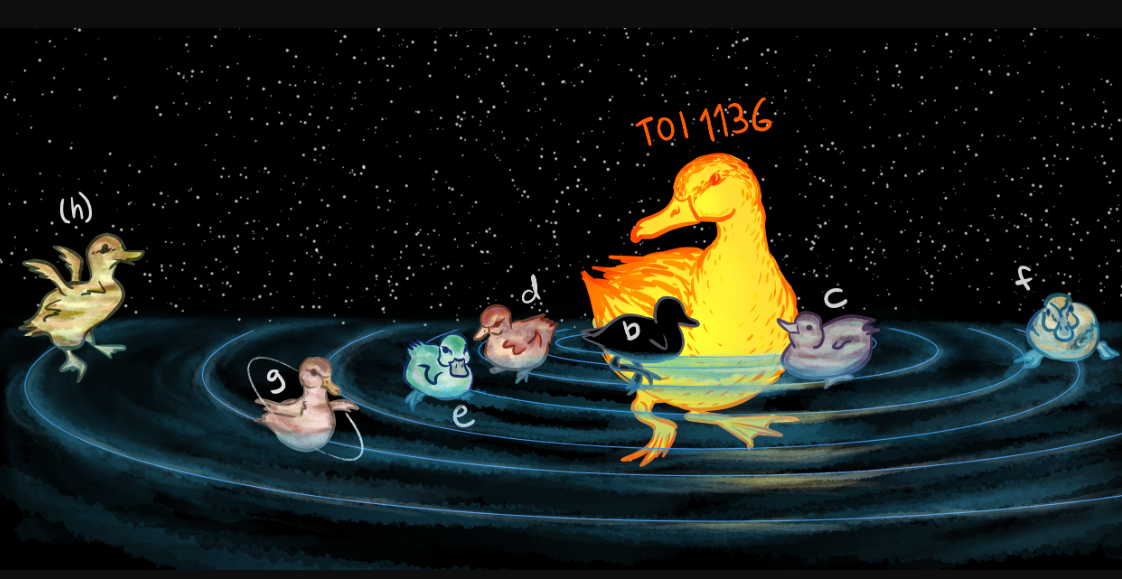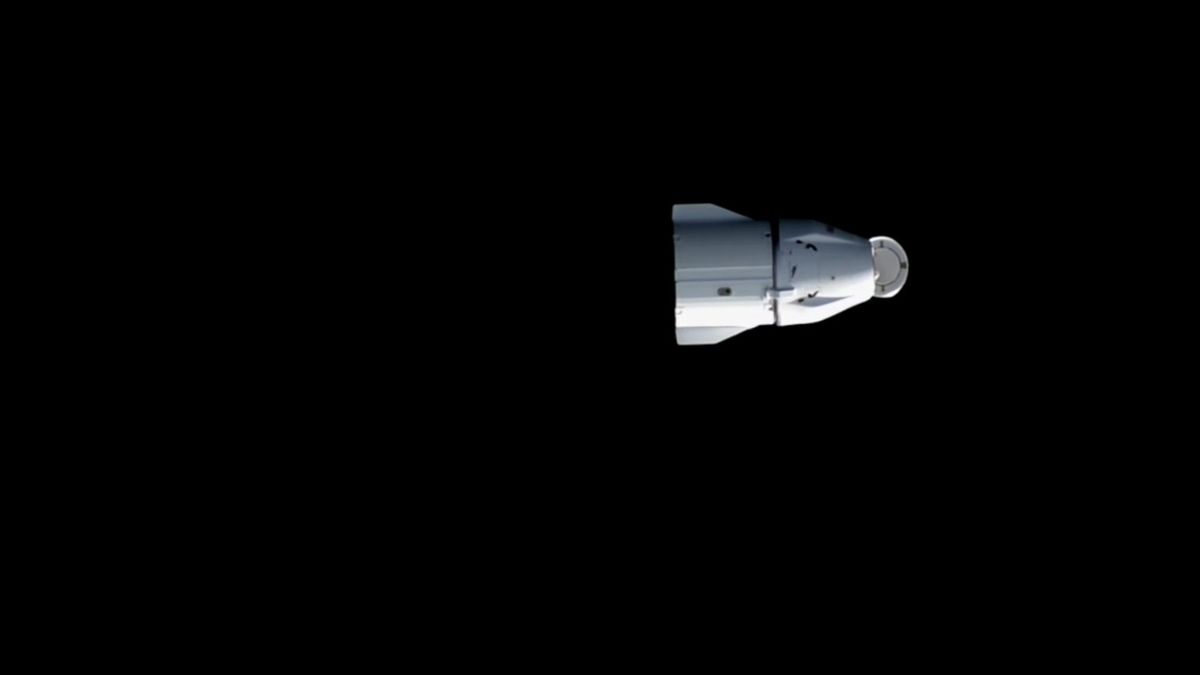A group of scientists has discovered a rare system of six young planets and a possible seventh that orbit a misbehaving infant star. This system offers insight into planetary formation and evolution around a young star and provides a snapshot of what our cosmic neighborhood may have looked like around 4 billion years ago. The six, possibly seven, exoplanets orbit a dwarf star called TOI-1136 in the Milky Way, situated around 270 light-years from Earth. The large number of exoplanets in the system prompted scientists to conduct a more in-depth investigation.
The TOI-1136 planetary system was first studied using NASA’s exoplanet-hunting Transiting Exoplanet Survey Satellite (TESS) in 2019. Follow-up observations using multiple telescopes provided information about the masses of the planets, the shape of their orbits, and even the characteristics of their atmospheres. These planets, designated names between TOI-1136 b to TOI-1136 g, are classified as “sub-Neptune” planets. The smallest planet in the system is twice the width of Earth, while some sibling planets are as large as four times the size of our planet.
All the TOI-1136 exoplanets complete an orbit in less than 88 Earth days, which is significant considering 88 days is the orbital period of Mercury, the closest planet to the sun in our solar system. TOI-1136 is just 700 million years old, making it a comparative toddler compared to our 4.5 billion-year-old solar system and its star, the sun. The young age of this planetary system and its central dwarf star makes it stand out.
The hyperactivity of these young stars, due to intense magnetism, prevalent and intense sunspots, and heightened solar flares, makes them challenging to observe and influences the planets that orbit them. The radiation emitted by infant stars shapes the atmospheric characteristics of the planets, causing them to be difficult to track due to their hyperactivity.
The planets in the TOI-1136 system are of similar age and physical distance, giving researchers an opportunity to study something not easy to observe in another planetary system. The team detected a “resonant force” in the system that indicates a seventh world could be gravitationally influencing the confirmed six.
The researchers were able to determine the masses of the planets with an unprecedented level of precision by combining observations of the “wobble” of the dwarf star TOI-1136 with computer models and data of the planets crossing the face of their star. The team’s research is published in The Astronomical Journal.












